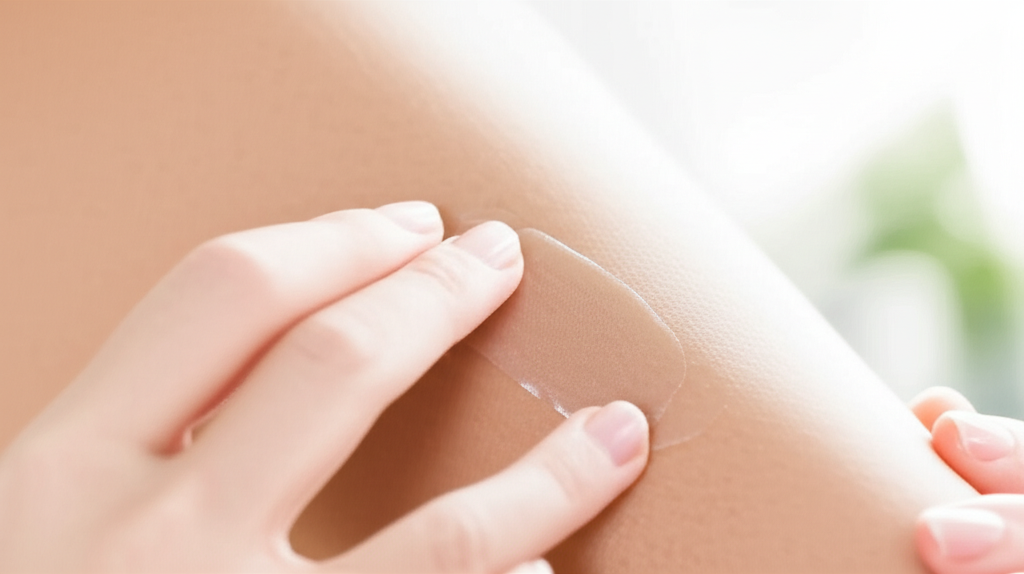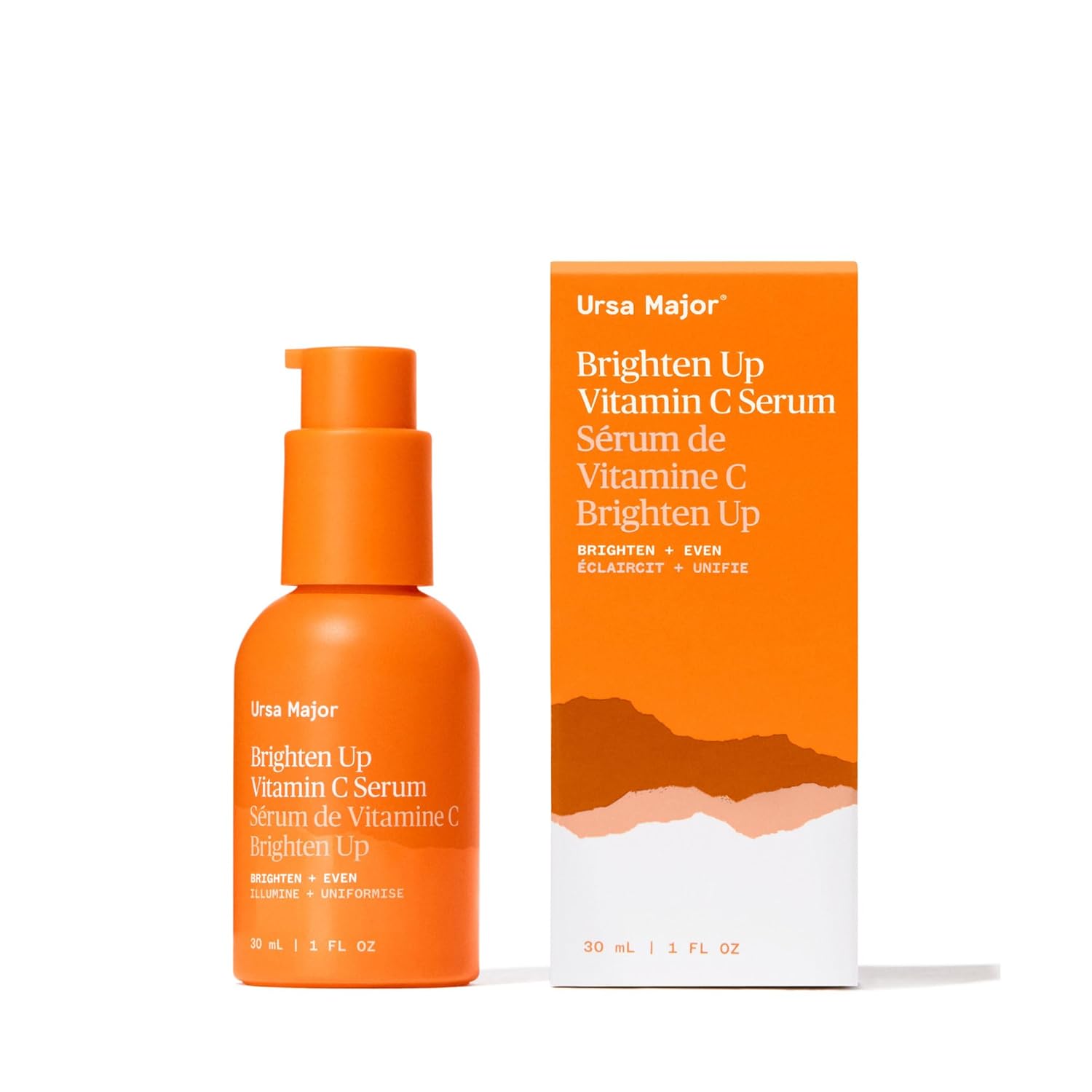<
article>
Will Estrogen Patch Help With Weight Loss: Proven Results
The estrogen patch can be a supportive tool for weight loss, especially for women experiencing menopausal changes. It may help by addressing hormonal imbalances that often contribute to weight gain, potentially aiding efforts focused on diet and exercise.
Do you ever feel like your body is working against you when it comes to shedding those extra pounds? You’ve tried countless diets, put in hours at the gym, and maybe even skipped a few meals hoping for a breakthrough, but the scale just won’t budge. It can be incredibly frustrating and disheartening, especially when you see others achieving their weight loss goals. Many women find that as they age, particularly around menopause, stubborn weight gain seems to become the norm, no matter how dedicated they are to a healthy lifestyle. But what if a part of the solution lies not just in your diet and exercise, but in balancing your body’s own hormones? If you’re curious about whether an estrogen patch could be a missing piece of your weight loss puzzle, stick around. We’re going to explore the proven results and uncover how this treatment might offer a helping hand on your journey.
Understanding Estrogen and Weight Gain

Estrogen is a crucial hormone, primarily in women, that plays a role in many bodily functions, including the reproductive system and bone health. However, it also influences how our bodies store fat and how our metabolism works. As women approach and go through menopause, estrogen levels naturally decline. This hormonal shift can lead to changes in body composition, often resulting in increased fat accumulation, particularly around the abdomen, and a slower metabolism.
Think of estrogen as a conductor of an orchestra, keeping everything in harmony. When the conductor leaves, the music can become a bit chaotic. For your body, this chaos can manifest as:
- Increased appetite and cravings for certain foods.
- Changes in fat distribution, favoring abdominal fat.
- A decrease in resting metabolic rate (the calories you burn at rest).
This is where the idea of using an estrogen patch comes into play. Hormone replacement therapy (HRT), which can include estrogen patches, aims to supplement the body with estrogen to alleviate menopausal symptoms and potentially address some of the metabolic changes associated with lower estrogen levels. While HRT is primarily prescribed for symptom management like hot flashes and vaginal dryness, its impact on weight has been a subject of interest and study.
“Many women notice a distinct shift in their weight and body shape as their estrogen levels drop during perimenopause and menopause,” explains Dr. Emily Carter, an endocrinologist specializing in women’s health. “This isn’t just about vanity; it can have implications for overall health, including increased risk of cardiovascular disease. Addressing these hormonal imbalances can be a key step in managing weight effectively.”
A study published in the journal Menopause found that women using transdermal estrogen therapy (like a patch) showed a significant reduction in abdominal fat compared to those not receiving therapy, even without intentional changes to diet or exercise. This is a promising indicator that estrogen therapy can indeed influence fat storage patterns.
How Estrogen Patches Can Support Weight Loss
Estrogen patches deliver estrogen directly into the bloodstream through the skin, bypassing the digestive system. This method is often favored because it provides a steady, consistent dose of estrogen, mimicking the body’s natural production more closely than oral medications. So, how exactly can this translate to helping with weight loss?
1. Metabolism Boost
A primary way estrogen influences weight is through its effect on metabolism. Higher estrogen levels are associated with a higher metabolic rate. When estrogen levels decline, your metabolism can slow down, making it harder to burn calories. By supplementing estrogen through a patch, the aim is to help restore your metabolism to a more optimal level, making it easier for your body to burn calories.
Imagine your metabolism as a car’s engine. When estrogen is plentiful, the engine runs smoothly and efficiently. As estrogen levels dip, the engine might start to sputter, using less fuel (calories). An estrogen patch can be like giving that engine a tune-up.
2. Fat Distribution Management
Estrogen plays a role in where your body stores fat. In premenopausal women, estrogen tends to promote the storage of fat in the hips and thighs. As estrogen levels decrease, fat storage shifts towards the abdomen, which is considered more metabolically active and is linked to a higher risk of heart disease and diabetes. Studies suggest that estrogen therapy can help to reverse this trend, encouraging a redistribution of fat away from the abdominal area.
Consider Margaret, a 55-year-old who had been struggling with a growing belly despite her efforts. After starting an estrogen patch for menopausal symptoms, she noticed not only relief from hot flashes but also that her jeans felt looser around her waist after a few months. “It wasn’t like magic, I still had to eat well and walk, but the stubborn belly fat seemed to be a little less stubborn,” she shared. “It felt like my body was finally cooperating a bit more.”
3. Appetite Regulation
While not its primary function for weight loss, there’s some evidence suggesting that hormonal balance, including appropriate estrogen levels, can play a role in appetite regulation and cravings. Fluctuations in hormones can sometimes trigger increased hunger or specific cravings, particularly for high-calorie, sugary foods. For some women, stabilizing estrogen levels might help to moderate these hormonal signals, leading to a more balanced appetite.
4. Improved Energy Levels
Menopause can also bring fatigue, which can derail even the best-intentioned fitness plans. If a lack of energy is contributing to reduced physical activity, and consequently, weight gain, then addressing hormonal imbalances with an estrogen patch might indirectly help. By alleviating fatigue and improving mood, you might find yourself with more motivation and energy to exercise, further supporting your weight loss efforts.
It’s important to note that the effects of estrogen patches on weight are generally considered to be modest and most pronounced in women experiencing menopausal hormone deficiencies. They are not a magic bullet for weight loss but rather a potential adjunct therapy that works best when combined with a healthy lifestyle.
Proven Results and Scientific Evidence
Research into the link between estrogen and weight management has been ongoing for decades. While it’s a complex area, several studies point towards a beneficial role for estrogen therapy in certain circumstances.
A significant review published in the journal Endocrine Practice highlighted that hormone therapy, particularly estrogen, can lead to a modest reduction in abdominal fat in postmenopausal women. This reinforces the idea that estrogen’s role in fat distribution is a key factor.
Another study, featured in the BMJ, analyzed data from a large cohort and found that estrogen therapy was associated with a lower risk of weight gain and obesity in postmenopausal women. These findings suggest that maintaining or restoring estrogen levels can be protective against weight accumulation linked to aging and menopause.
Key findings from research often indicate:
- Abdominal Fat Reduction: Transdermal estrogen therapy has shown promise in reducing visceral fat (fat around the organs), which is particularly detrimental to health.
- Slight Metabolic Improvements: Some studies suggest slight increases in resting metabolic rate, although this effect may be modest.
- Better Body Composition: Estrogen therapy can help preserve lean muscle mass, which is critical for maintaining a healthy metabolism.
However, it’s crucial to look at the nuances. The benefits are most consistently observed in women who are experiencing estrogen deficiency due to menopause. For younger women or those without hormonal deficiencies, the impact on weight loss is less likely or negligible, and the risks might outweigh any potential benefits.
Here’s a quick look at what research suggests:
| Factor | Typical Research Findings | Notes |
|---|---|---|
| Abdominal Fat (Visceral) | Reduction observed in multiple studies | Most significant benefit |
| Overall Body Fat | Modest reduction or stabilization | Less dramatic than abdominal fat |
| Metabolic Rate | Slight potential increase or no significant change | Effect varies |
| Appetite/Cravings | Indirect effects possible through hormonal balance | Not a direct mechanism |
| Energy Levels | Improvement in some women due to symptom relief | Supports lifestyle changes |
Visual representation of this data, perhaps as a bar chart showing fat reduction percentages in different treatment groups, would be very helpful here.
It’s also worth noting that the type of hormone therapy and the delivery method can matter. Transdermal estrogen (like patches) is often preferred for weight management research because it avoids the “first-pass metabolism” in the liver that oral medications undergo, potentially leading to more consistent hormone levels and fewer side effects for some individuals.
How to Use an Estrogen Patch for Weight Management Support
If you’re considering an estrogen patch as part of your weight loss strategy, it’s crucial to understand that it’s a medical treatment and requires professional guidance. It’s never a solo solution for weight loss but a component that can support your journey, particularly if hormonal changes are a significant factor.
Step 1: Consult Your Doctor
This is the absolute first and most important step. You cannot and should not start using an estrogen patch without a prescription and thorough evaluation by a healthcare professional. Your doctor will:
- Assess your medical history and family history.
- Determine if you are a good candidate for hormone replacement therapy based on your symptoms and health status.
- Discuss the risks and benefits specific to you.
- Rule out other potential causes for your weight gain.
They will also check if your weight gain is indeed related to hormonal changes, such as menopause. Blood tests might be ordered to check your hormone levels.
Step 2: Understand the Prescription
If prescribed, follow your doctor’s instructions precisely:
- Dosage: Use the strength prescribed.
- Application: Learn where to apply the patch (usually the abdomen or buttocks), how to prepare the skin, and how often to change it (typically once or twice a week).
- Rotation: Always rotate application sites to prevent skin irritation.
- Monitoring: Be aware of potential side effects and how to manage them.
A typical prescription might involve a low-dose patch, applied to a clean, dry area of skin below the waist, and changed once a week. Your doctor will monitor your progress and adjust the dosage if necessary.
Step 3: Integrate with a Healthy Lifestyle
The estrogen patch is most effective when combined with proven weight loss strategies. Think of it as a helper, not a replacement for healthy habits:
- Balanced Nutrition: Focus on whole foods, lean proteins, plenty of vegetables, and healthy fats. Monitor your calorie intake, but aim for sustainable changes rather than severe restriction. Consider a personalized meal plan.
- Regular Exercise: Aim for a combination of cardiovascular exercise (like brisk walking, jogging, or cycling) and strength training. Strength training is especially important for maintaining muscle mass, which supports metabolism.
- Adequate Sleep: Poor sleep can disrupt hormones that regulate appetite, like ghrelin and leptin, making weight loss harder.
- Stress Management: Chronic stress can lead to increased cortisol levels, which can promote abdominal fat storage.
Consider a weekly fitness plan like this:
| Day | Activity | Focus | Notes |
|---|---|---|---|
| Monday | Brisk Walking (30-45 mins) | Cardio | Listen to a podcast or audiobook. |
| Tuesday | Strength Training (Full Body) | Muscle Building | Focus on compound movements (squats, lunges, push-ups). |
| Wednesday | Yoga or Pilates (30 mins) | Flexibility & Core Strength | Helps with stress relief. |
| Thursday | Cycling or Swimming (40 mins) | Cardio | Low impact, great for endurance. |
| Friday | Strength Training (Upper Body Focus) | Muscle Building | Include arm and back exercises. |
| Saturday | Long Walk or Hike (60+ mins) | Endurance & Enjoyment | Spend time in nature. |
| Sunday | Rest & Gentle Movement | Recovery | Light stretching or a leisurely stroll. |
A visual infographic showing sample healthy meals for each day would be great here too.
Step 4: Monitor Your Progress and Communicate with Your Doctor
Keep track of your weight, how your clothes fit, your energy levels, and any menopausal symptoms. Regular follow-ups with your doctor are essential to ensure the therapy is working well for you and to address any concerns. They can help you interpret your progress and make necessary adjustments.
Remember, sustainable weight loss is a marathon, not a sprint. An estrogen patch might provide a helpful boost, but consistency in healthy habits is key to long-term success.
<
section>
Potential Side Effects and Considerations
Like any medical treatment, estrogen therapy, including patches, comes with potential side effects and considerations. It’s vital to be informed so you can discuss these thoroughly with your doctor.
Common Side Effects:
These are usually mild and may decrease over time:
- Skin irritation, redness, or itching at the patch application site.
- Breast tenderness or swelling.
- Nausea (less common with patches than oral HRT).
- Headaches.
- Mood changes.
Serious Risks and When to Seek Medical Advice:
While HRT can be safe for many, there are more serious risks that your doctor will assess. These include:
- Blood Clots: The risk of deep vein thrombosis (DVT) or pulmonary embolism (PE) can increase, especially with oral estrogen. Transdermal estrogen is generally considered to have a lower risk profile.
- Stroke: A slightly increased risk of stroke, particularly in older women or those with pre-existing risk factors.
- Heart Disease: The relationship is complex. For women starting HRT within 10 years of menopause or before age 60, it may be neutral or even beneficial for heart health. For older women or those starting later, the risk might increase.
- Endometrial Cancer: If you have a uterus, unopposed estrogen (estrogen without progesterone) can increase the risk of endometrial cancer. Progesterone is usually prescribed along with estrogen in such cases.
- Breast Cancer: The evidence on HRT and breast cancer is still debated, but long-term use, particularly of combined estrogen-progesterone therapy, has been associated with a small increase in risk.
You should contact your doctor immediately if you experience:
- Sudden chest pain or shortness of breath.
- Sudden severe headache.
- Vision changes or blurred vision.
- Swelling or pain in one leg.
- Unexplained coughing.
- Pain in the abdomen.
- Yellowing of the skin or eyes (jaundice).
Who Should Be Cautious or Avoid Estrogen Patches?
Estrogen patches might not be suitable for everyone. Your doctor will likely advise against them if you have:
<
ul>



